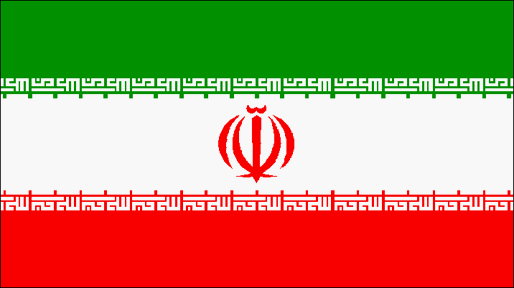





OverviewShort Range Missiles |
Missile Overview Chart |
| Name | Stages | Propellant | Range (km) | IOC | Inventory | Type | Body Diameter (m) | Comments |
| Shahab-1 | 1 | liquid | 285-330 | 1995 | 250-300 | Scud-B | 0.885 | |
| Shahab-2 | 1 | liquid | 500-700 | -- | 200-450 | Scud-C | 0.885 | |
| Samid | 1 | liquid? | -- | -- | -- | -- | -- | A small ballistic missile based on a reduced Scud design |
| Shahab-3 Zelzal-3 |
1 | liquid | 1,000-1,350-1,500 | 1999 | -- | MRBM | 1.3 | Also flown by North Korea (No-dong) and Pakistan (Ghauri II). |
| Shahab-3D Zelzal-3D |
2 | liquid,solid | 1,500+ | 2001 | -- | MRBM | 1.3 | Also flown by North Korea (No-dong) and Pakistan (Ghauri II). |
| IRIS Zelzal-3D |
2 | liquid,solid | 1,500+ | 2001 | -- | MRBM | 1.3 | Also flown by North Korea (No-dong) and Pakistan (Ghauri II). |
| Shahab-4 | 3 | liquid,solid | 1,800-2,000 | -- | -- | MRBM | 1.65 | Indigenously developed system with similar performance to the Soviet SS-4. |
| IRSL-X-2 | 3 | liquid,solid | 2,200-2,672 or 2,200-2,896 |
-- | -- | M/IRBM | 1.3 | Satellite launch variant of the Shahab-4. Indigenously derived version of North Korea's NKSL-1. |
| Shahab-5 IRSL-X-3/Kosar IRIS |
2,3 | liquid,solid | 3,500-3,750 (2 stage) 4,000-4,300 (3 stage) |
-- | -- | LRICBM | 2.2 | Indigenously developed system with similar performance to the Soviet SS-5. May also flown by North Korea (Taep'o-dong-2). |
| Shahab-6 IRSL-X-4/Kosar |
3 | liquid,solid | 5,470-5,500 or 5,632-6,200 6,200-6,700 > 8,000 |
-- | -- | LRICBM LRICBM LRICBM FRICBM |
2.2 | Satellite launch variant of the Shahab-5. Indigenously derived version of North Korea's NKSL-X-2. The claimed range probably exceeds what is technically feasible. It most likely is similar in performance to the Soviet SS-5 (4,000-4,300). |
Official figures
|
Estimates based on limited data
|
||||||||||||||||||||||||||||||||||||||||||||||||||||||||||||||||||||||||||||||||||||||
Estimates based on limited data
|
Preliminary Estimates based on limited data (March 2002)
|
Preliminary Estimates based on limited data (March 2002)
|
Preliminary Estimates based on a conceptual model for the system
|
||||||||||||||||||||||||||||||||||||||||||||||||||||||||||||||||||||||||||||||||||||
NOTES:
SRBM - Short Range Ballistic Missile < 1,000 km
MRBM - Medium Range Ballistic Missile 1,000-2,500 km
IRBM - Intermediate Range Ballistic Missile 2,500-3,500 km
LRICBM - Limited Range Intercontinental Ballistic Missile 3,500-8,000 km
FRICBM - Full Range Intercontinental Ballistic Missile 8,000-12,000 km
Many of the ranges suggested for the yet-to-fly missile systems are based on mathematical models relying on what little data has been made public. Typically, these studies put out by the intelligence community over-estimate the performance of the actual missile systems. These studies do, however, give a range of possibilities as to what to look for once they are flown. In addition, none of the above listed strategic systems achieve true FRICBM capability. They fall far short of that kind of performance. Those strategic systems are based on MRBM & IRBM technology. In order to achieve FRICBM capability, clustering these systems would be required (in a method similar to that used by the Soviets on the R-7/SS-6 ICBM) or an entirely new system design would have to be developed. Clustering these systems very difficult or impossible because of their design characteristics. As of this writing, there is no indication that such new long term development exists, but this does not mean that it will not appear in the future. Only the United States, Russia and China have missiles with this range capability.
